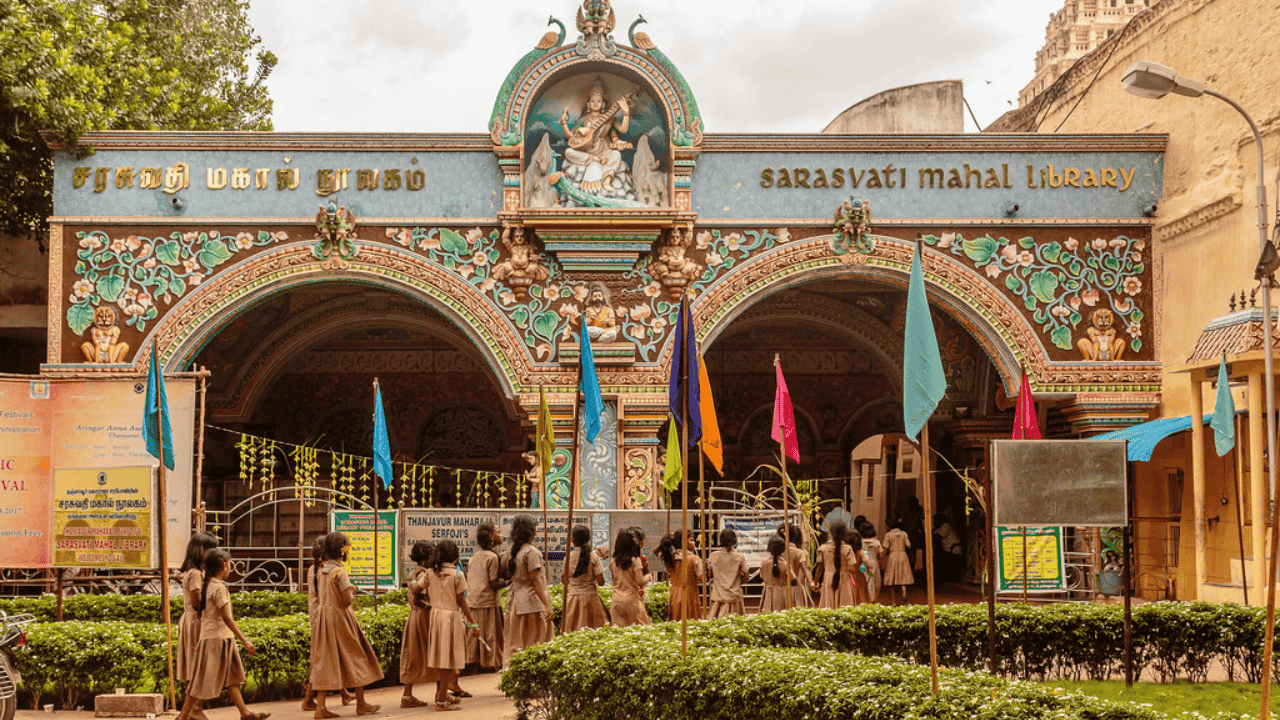Discover how the dollar ($) symbol was accidentally created by an Irish trader. A must-know topic for March 2025 current affairs and competitive exams.
The Dollar ($) Symbol: A Historic Mistake That Became a Global Identity
Source: Atharva Examwise Current News | Daily GK Update – March 2025
The dollar ($) symbol is one of the most recognized monetary symbols in the world today. But did you know it originated from a mistake made by an Irish trader named Oliver Pollock? This fascinating story is not only historically important but also highly relevant for UPSC, SSC, Banking, and other competitive exams.
Who Was Oliver Pollock?
Oliver Pollock was an Irish merchant who later settled in America. During the American Revolutionary War, he financially supported the freedom fighters. At that time, the Spanish currency “Pesos” was in use across many parts of the Americas.
The term “Pesos” was abbreviated as Ps.
To write quickly, Pollock would combine the letters in a way that resembled an S.
Over time, this evolved into the dollar symbol ($).
1785: When the Dollar Became the Official Currency
A few years after the American Revolution, in 1785, the U.S. Congress adopted the dollar as the official currency, along with this accidentally created symbol.
Though Pollock never received formal credit, he became bankrupt after spending heavily during the war — yet his unintentional creation became immortal in history.
When Was the First Dollar Note Printed?
The first U.S. dollar note was printed in 1862.
The largest dollar note ever printed was $100,000 in 1934, used only for interbank transactions.
Today, about 60% of the world’s foreign currency reserves are held in U.S. dollars.
Key Takeaways
The dollar ($) symbol was created accidentally by Irish trader Oliver Pollock.
Originally, Spanish currency “Pesos” was written as Ps.
In 1785, the U.S. officially adopted the dollar and this symbol.
The first dollar note was printed in 1862.
The $100,000 note (1934) was used only for banking transactions.
Today, 60% of global foreign reserves are in U.S. dollars.
Why This Matters for Exams
This topic connects history, economics, and current affairs — all critical areas for competitive exams. Such questions about cultural and economic symbols are often asked in UPSC, SSC, and Banking exams. Hence, it’s important to remember this as part of the Current Affairs March 2025 and Daily GK Update syllabus.
👉 For more exam-relevant insights and updates, visit:
🌐 www.atharvaexamwise.com
📌 Stay updated with Atharva Examwise Current News — Your trusted guide for competitive exam preparation.







